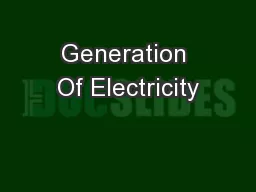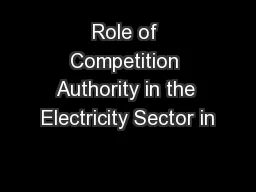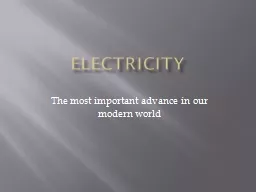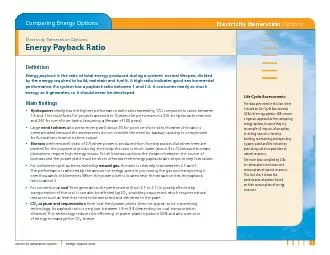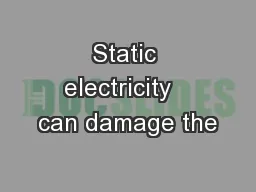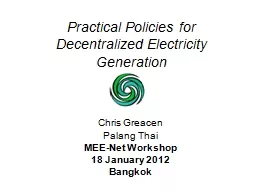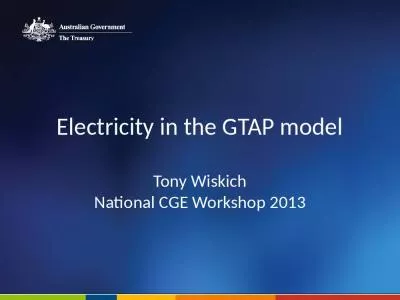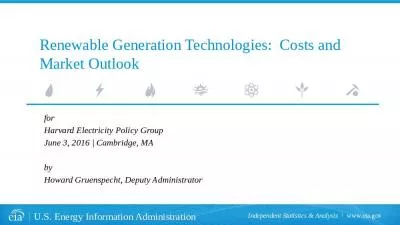PPT-Generation Of Electricity
Author : celsa-spraggs | Published Date : 2015-12-12
Through Tidal Energy Group Members Asad Saleh Hayat Umad Zaib Azmat Ullah Halim Ullah Sibghat Ullah Power Generation Tidal Hydro Wind Solar Nuclear Fuel fossils
Presentation Embed Code
Download Presentation
Download Presentation The PPT/PDF document "Generation Of Electricity" is the property of its rightful owner. Permission is granted to download and print the materials on this website for personal, non-commercial use only, and to display it on your personal computer provided you do not modify the materials and that you retain all copyright notices contained in the materials. By downloading content from our website, you accept the terms of this agreement.
Generation Of Electricity: Transcript
Download Rules Of Document
"Generation Of Electricity"The content belongs to its owner. You may download and print it for personal use, without modification, and keep all copyright notices. By downloading, you agree to these terms.
Related Documents

